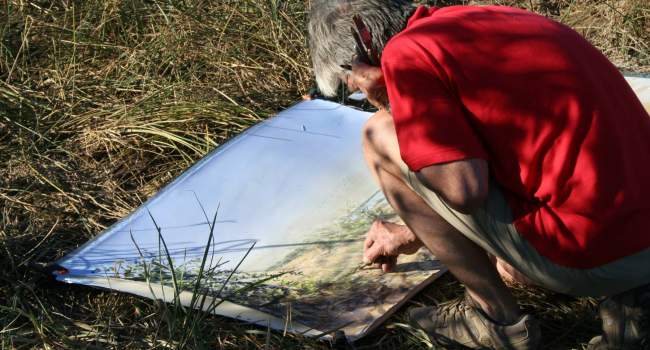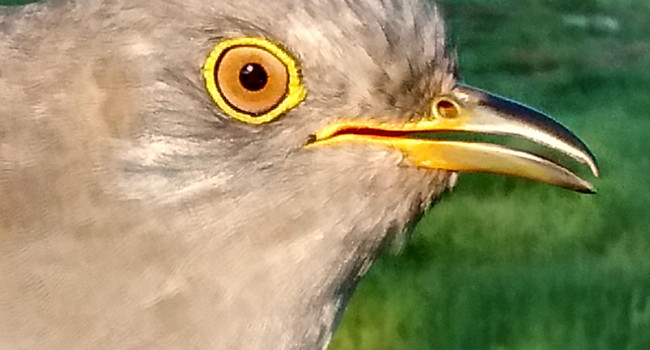Synchronous timing of return to breeding sites in a long-distance migratory seabird with ocean-scale variation in migration schedules

Author(s): van Bemmelen, R., Moe, B., Schekkerman, H., Hanssen, S.A., Snell, K., Humphreys, L., Mäntylä, E., Hallgrimsson, G.T., Gilg, O., Ehrich, D., Calladine, J., Hammer, S., Harris, S., Lang, J., Vignisson, S., Kolbeinsson, Y., Kimmo, N., Sillanpää, M., Sittler, B., Sokolov, A., Klaassen, R., Phillips, R. & Tulp, I.
Published: March 2024
Journal: Movement Ecology
Digital Identifier No. (DOI): 10.1186/s40462-024-00459-9
Abstract
Background
Migratory birds generally have tightly scheduled annual cycles, in which delays can have carry-over effects on the timing of later events, ultimately impacting reproductive output. Whether temporal carry-over effects are more pronounced among migrations over larger distances, with tighter schedules, is a largely unexplored question.
Methods
We tracked individual Arctic Skuas Stercorarius parasiticus, a long-distance migratory seabird, from eight breeding populations between Greenland and Siberia using light-level geolocators. We tested whether migration schedules among breeding populations differ as a function of their use of seven widely divergent wintering areasacross the Atlantic Ocean, Mediterranean Sea and Indian Ocean.
Results
Breeding at higher latitudes led not only to later reproduction and migration, but also faster spring migration and shorter time between return to the breeding area and clutch initiation. Wintering area was consistent within indi viduals among years; and more distant areas were associated with more time spent on migration and less time in the wintering areas. Skuas adjusted the period spent in the wintering area, regardless of migration distance, which buffered the variation in timing of autumn migration. Choice of wintering area had only minor effects on timing of return at the breeding area and timing of breeding and these effects were not consistent between breeding populations.
Conclusion
The lack of a consistent effect of wintering area on timing of return between breeding areas indicates that individuals synchronize their arrival with others in their population despite extensive individual differences in migration strategies.









Share this page